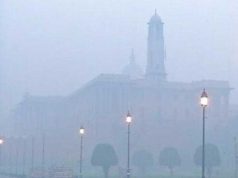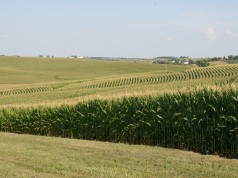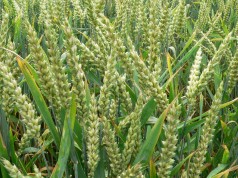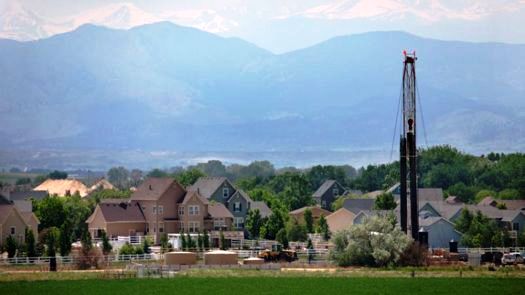Finally, Jacobson said, carbon particles released from burning biomass settle on snow and ice, contributing to further warming.
“Ice and snow are white, and reflect sunlight very effectively,” Jacobson said. “But because carbon is dark, it absorbs sunlight, causing snow and ice to melt at accelerated rates. That exposes dark soil and dark seas. And again, because those surfaces are dark, they absorb even more thermal energy from the sunlight, establishing an ongoing amplification process.”
Jacobson noted that some carbon particles – specifically white and gray carbon, the variants associated with some types of ash – can exert a cooling effect because they reflect sunlight. That must be weighed against the warming qualities of the black and brown carbon particles and CO2 emissions generated by biomass combustion to derive a net effect.
Jacobson said the sum of warming caused by all anthropogenic greenhouse gases – CO2, methane, nitrous oxide, chlorofluorocarbons and some others – plus the warming caused by black and brown carbon will yield a planetary warming effect of 2 degrees Celsius over the 20-year period simulated by the computer. But light-coloured particles – white and gray particles primarily – reflect sunlight and enhance cloudiness, causing more light to reflect.
“The cooling effect of these light-coloured particles amounts to slightly more than 1°C,” Jacobson said, “So you end up with a total net warming gain of 0.9°C or so. Of that net gain, we’ve calculated that biomass burning accounts for about 0.4°C.”
Jacobson’s model also tracks the impact of the direct heat produced by combusting biomass.
“The direct heat generated by burning biomass is significant and contributes to cloud evaporation by decreasing relative humidity,” Jacobson said. “We’ve determined that 7 percent of the total net warming caused by biomass burning – that is, 7 percent of the 0.4°C net warming gain – can be attributed to the direct heat caused by the fires.”
Biomass burning also includes the combustion of agricultural and lumber waste for energy production. Such power generation often is promoted as a “sustainable” alternative to burning fossil fuels. And that’s partly true as far as it goes. It is sustainable, in the sense that the fuel can be grown, processed and converted to energy on a cyclic basis. But the thermal and pollution effects of its combustion – in any form – can’t be discounted, Jacobson said.
“The bottom line is that biomass burning is neither clean nor climate-neutral,” he said. “If you’re serious about addressing global warming, you have to deal with biomass burning as well.”
Exposure to biomass burning particles is strongly associated with cardiovascular disease, respiratory illness, lung cancer, asthma and low birth weights. As the rate of biomass burning increases, so do the impacts to human health.
Click here to read/download the Full Study – “Effects of Biomass Burning on Climate, Accounting for Heat and Moisture Fluxes, Black and Brown Carbon, and Cloud Absorption Effects”.
Source: Stanford.


















